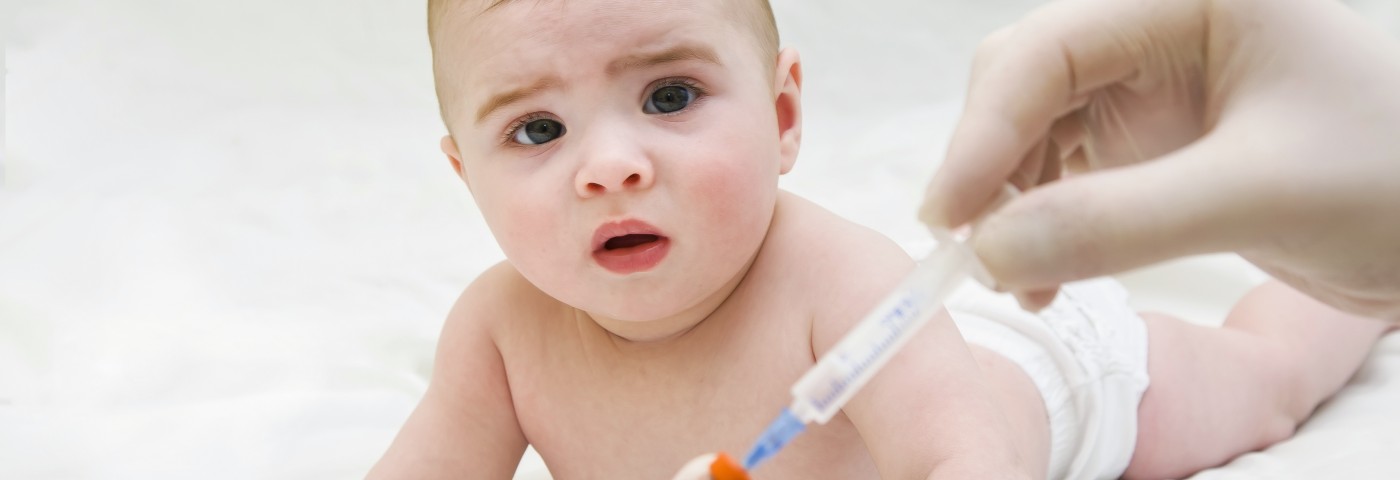New research confirms that there is a clear seasonal activity in the respiratory syncytial virus (RSV) in Brazil.
RSV is the leading cause of hospitalization for respiratory disease in children under the age of 5, so a well-planned immunization program may help reduce the number of hospital admissions due to the infection.
The study, “Respiratory syncytial virus seasonality in Brazil: implications for the immunisation policy for at-risk populations,” was published in Memórias do Instituto Oswaldo Cruz.
The authors of the article, Andre Ricardo Freitas from São Leopoldo Mandic and Maria Rita Donalisia from the University of Campinas (both in Sao Paulo, Brazil), point to the importance of “adjusting the immunization period for high risk population, taking into account regional differences in seasonality of RSV.”
The researchers analyzed more than 50,000 nose and throat secretion samples collected between 2005 and 2012 from patients with influenza-like illness in five regions of Brazil. They saw that RSV infections showed a strong annual cycle with peaks between January and March in different regions of the country.
Preventative immuno-treatment is currently the only option to control the disease. Because it is expensive, it is provided only at the peak of infection in nearly every region.
This new study highlights a possible mismatch for the Midwest and Southeast regions between the recommendations of the Brazilian Ministry of Health and the peak of infection identified. According to this study, the best month to start preventative treatment in these two regions should be January. However, the Brazilian Ministry of Health currently prescribes it in February. Even though there is just a one month difference, the authors argue that because these are highly populated regions, even a slight adjustment can have great implications for a large number of children, and in cost.
There is currently no vaccine available against RSV, but the monoclonal antibody palivizumad has been shown to be effective in reducing the number of hospitalization in children under the age of 2. However, the high cost of the antibody limits its usage, especially in developing countries. Therefore, identifying the period of highest viral circulation according to regions can optimize the effect of the treatment. Re-adjusting the immunization schedule could ensure children at high risk are better protected while ensuring resources are not wasted.


